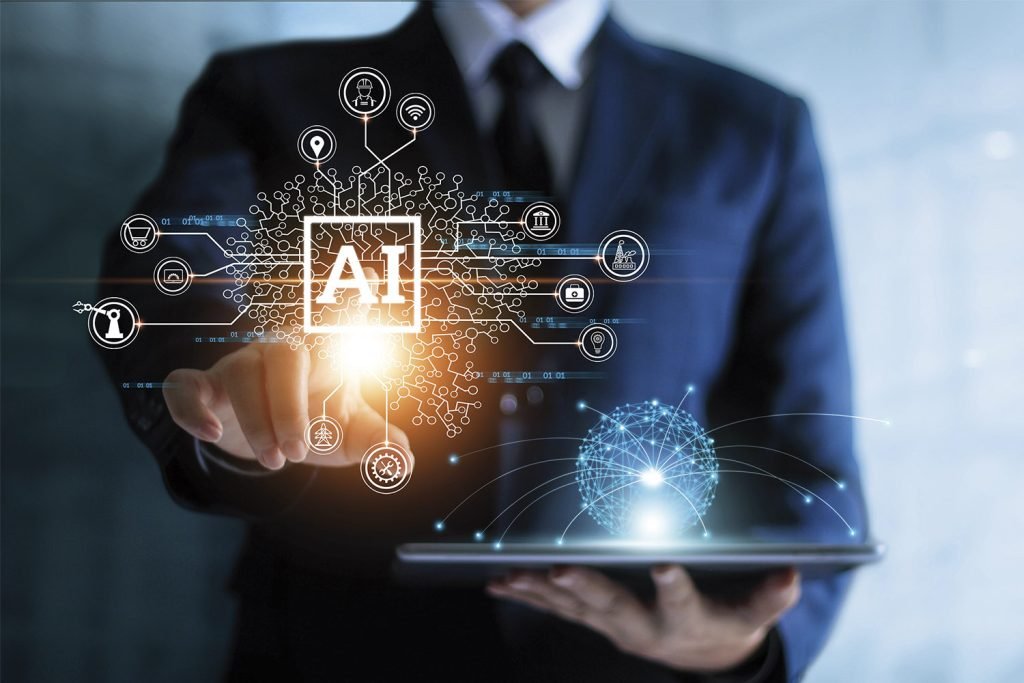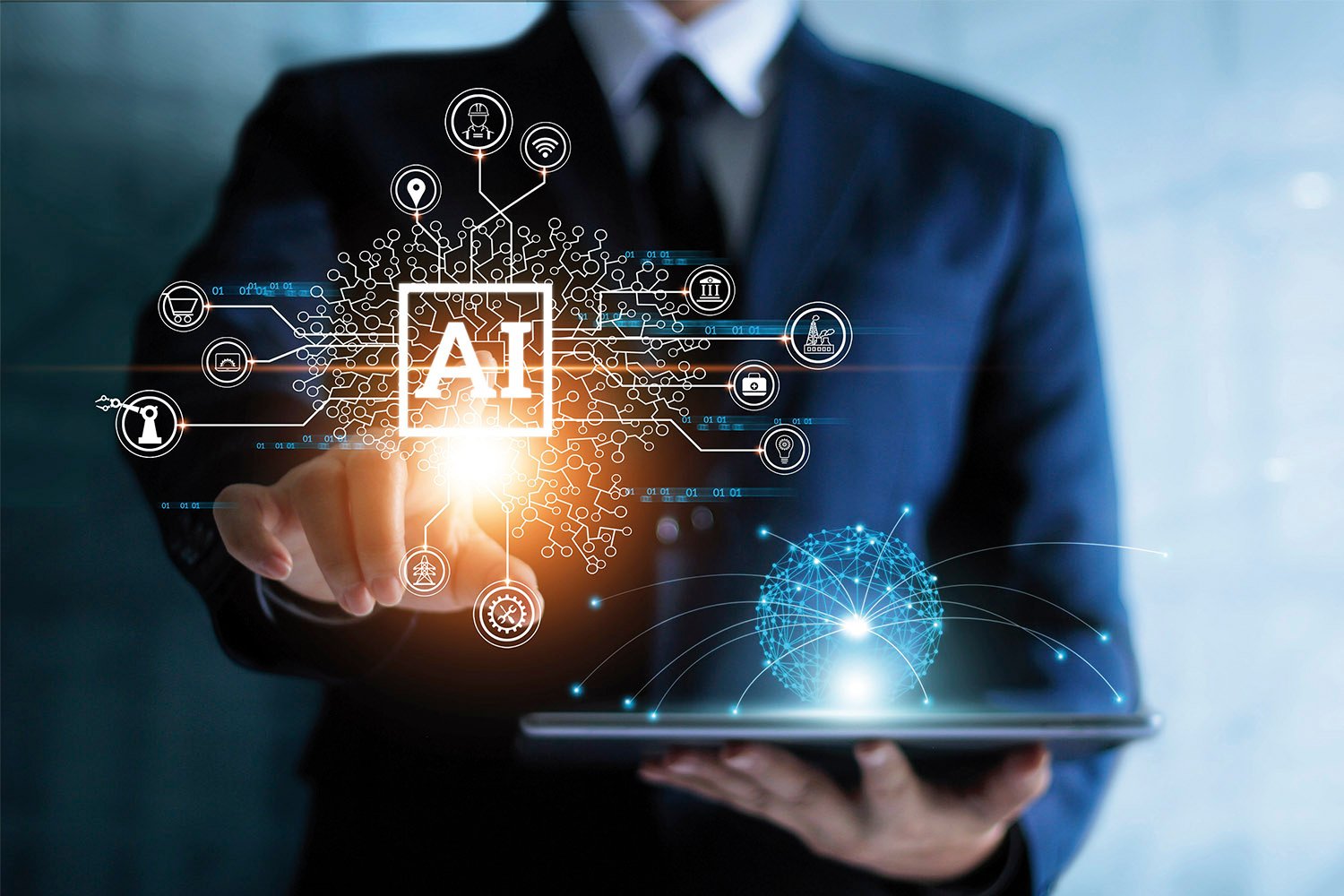
Artificial Intelligence (AI) is a phenomenon that’s rapidly reshaping industries, economies, and societies. As we look towards 2033, it’s evident that AI will continue to be a transformative force, with its market potential expanding into uncharted territories. This post aims to unravel the future of the global AI market by 2033, highlighting the trends, challenges, and opportunities that lie ahead.
AI’s Exponential Market Growth
The global AI market is on an exponential growth trajectory, thanks to advancements in computational power, data analytics, and machine learning algorithms. By 2033, we can expect the AI market to be integral to various sectors, driving innovation and creating economic value on a scale that’s currently hard to fathom.
AI Across Industries
AI’s versatility allows it to be applied across different industries, revolutionizing the way we approach problems and tasks. From healthcare with personalized medicine to finance with algorithmic trading, and from smart cities with IoT integration to manufacturing with predictive maintenance, AI’s applications are boundless.
Ethical and Regulatory Landscape
As AI becomes more advanced and pervasive, ethical and regulatory considerations will come to the forefront. The future AI market will need to address issues of privacy, bias, accountability, and the societal impact of automation. By 2033, we’ll likely see a more mature ethical and regulatory landscape that will govern the development and deployment of AI technologies.
The Workforce Evolution
The AI phenomenon is not without its impact on the workforce. While some jobs may be automated away, AI will also create new job categories, demanding new skill sets and expertise. The workforce of 2033 will need to be agile, tech-savvy, and continuously learning to adapt to the AI-driven economy.
AI and Global Leadership
The race for AI dominance is also a race for global leadership. Nations that invest in AI research and development, infrastructure, and talent cultivation will likely emerge as leaders in the global AI market. By 2033, we may witness a shift in economic and geopolitical power dynamics driven by AI capabilities.
The Democratization of AI
One of the most significant shifts by 2033 could be the democratization of AI. As AI tools become more user-friendly and accessible, more people and businesses will be able to leverage AI for their benefit. This democratization has the potential to level the playing field, allowing startups and smaller nations to compete with larger entities.
AI’s Role in Sustainability
AI will play a pivotal role in addressing global challenges like climate change and sustainability. By optimizing resource use, reducing waste, and enabling smart energy management, AI can contribute to a more sustainable future.
AI and the Advancement of Medicine
One of the most profound impacts of AI by 2033 will be in the field of medicine. With AI’s ability to analyze vast amounts of medical data and genomic information, we can expect breakthroughs in early disease detection, treatment personalization, and even the development of new pharmaceuticals. AI-driven health monitoring devices and telehealth services will become more sophisticated, offering predictive health insights and improving patient outcomes.
AI in Education and Knowledge Dissemination
The education sector will also experience a significant transformation due to AI. By personalizing learning experiences based on students’ learning patterns and progress, AI will cater to individual educational needs, helping to bridge gaps in knowledge and ability. Furthermore, AI-driven platforms will facilitate the global dissemination of knowledge, making high-quality education resources accessible to diverse populations.
AI-Enabled Autonomous Systems
Autonomous systems, from self-driving vehicles to drones and beyond, will see vast improvements with AI. By 2033, these systems will likely be commonplace, having a transformative effect on transportation, logistics, and even personal mobility. The safety and efficiency of these systems will hinge on the sophisticated AI technologies that enable real-time decision-making and environmental adaptation.
AI as a Tool for Creativity and Design
AI is also set to enhance human creativity and design capabilities. With tools that can generate music, art, and literature, AI will become a partner in the creative process, offering new ways to inspire and execute artistic visions. Design fields such as architecture and product design will benefit from AI’s ability to model complex structures and simulate real-world conditions.
Conclusion
By 2033, the AI phenomenon will have ushered in a new era of innovation and progress. Its influence will permeate every aspect of our lives, from the way we manage our health and acquire knowledge, to how we move around and express our creativity. The future of AI is not only about technological advancements; it’s about enhancing human potential and addressing some of the most pressing challenges of our time.



